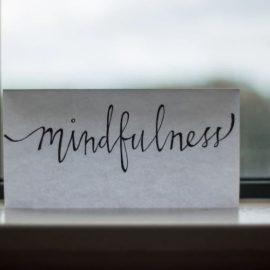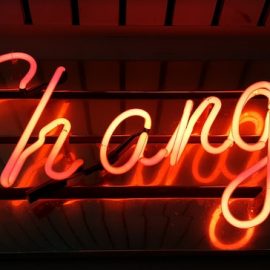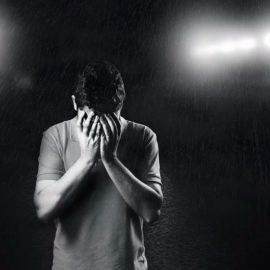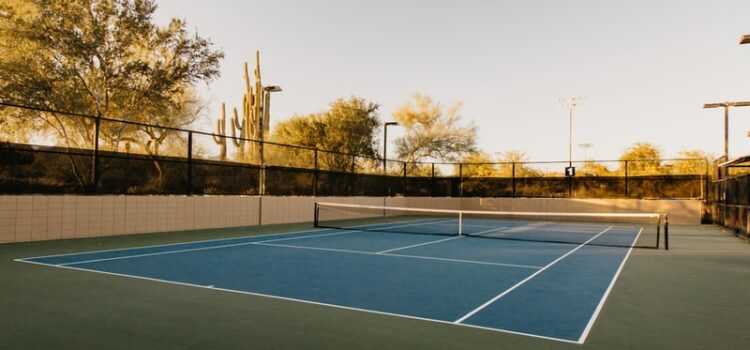
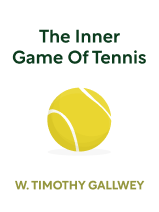
This article is an excerpt from the Shortform book guide to "The Inner Game of Tennis" by W. Timothy Gallwey. Shortform has the world's best summaries and analyses of books you should be reading.
Like this article? Sign up for a free trial here .
What do self 1 and self 2 mean in tennis? How can you ensure that your two selves work together flawlessly?
Self 1 and self 2 are equal parts of your tennis game. You’ll need to work on your mental game in addition to your physical skills.
Read more about self 1 and self 2 in tennis and how to make them work for you.
Understanding Self 1 and Self 2
You can’t quiet Self 1 and listen to and trust Self 2 if you chastise or judge yourself.
You already know how to listen only to Self 2 because this is how you learned as a child—without judgment.
Quieting Self 1 thus requires non-judgmental observation. This is done in multiple ways:
- Think about hitting a forehand: Hit a bunch of forehands without worrying about where they’re going and without chastising yourself. Instead, observe your own body closely and notice how you are hitting. This should produce an immediate change in your stroke.
- Make your mind act like a mirror—simply parroting back your motion without any positive or negative reaction to the motion itself or to the outcome.
- Don’t consider errors to be bad, consider them to be a part of development.
We can think of “trying hard” as Self 1 castigating Self 2, while “effort” is the physical exertion it takes to do well.
After you let go of self-judgment, you can find self-confidence. Begin thinking about your body differently—it does all kinds of incredible things (talking, walking, reading) without any noticed effort. Considering this, it doesn’t make much sense to constantly denigrate yourself. An important maxim here is “trust thyself”: Allow your body to complete feats without constant interference from the ego part of your mind.
Then, begin to think about desired outcomes: Ask your body for the results you want, the form it should move in, and the qualities you see in others that you want. You won’t reach all of this right away, but remember not to pass judgment, and let your body learn what it does not know and complete what it does know. You’ll realize that without this judgment, a lot of your mechanics will fix themselves naturally.
Some instruction is certainly useful, but take instruction you’re given, like “keep your wrist tighter,” and see how it feels for you. Try out different tightnesses and notice, without judgment, what happens to your body and your shots. Consider a couple examples:
- Joan is taking a tennis lesson because she’s hitting most of her forehands right on the frame. It quickly becomes obvious that she’s trying so hard to hit the ball anywhere but the frame that she’s hitting more on the frame. Her coach tells her to try to hit the ball on the frame, and she hits fewer on the frame. Then, he tells her to apply her focus not to her racket at all, but to the ball coming at her. She hits barely any on the frame.
- Jack has a bad backhand and he knows what’s bad about it: He brings his racket too high on his backswing. Even though he knows what the problem is, he can’t seem to fix it because, once again, he’s so concentrated on it. His coach brings him over to a mirror and tells him to swing in front of the mirror. At this point, he’s able to easily change his swing. After he stopped passing active judgment on his swing and simply saw what it looked like in a mirror, which provides no judgment and only reflection, he was able to make a change.
Understanding self 1 and self 2 is the only way to improve your game and master tennis.

———End of Preview———
Like what you just read? Read the rest of the world's best book summary and analysis of W. Timothy Gallwey's "The Inner Game of Tennis" at Shortform .
Here's what you'll find in our full The Inner Game of Tennis summary :
- Why tennis is actually a mind game
- How to quiet the mind and concentrate intently
- Why your self-worth shouldn't be dependent on how you do in competition

